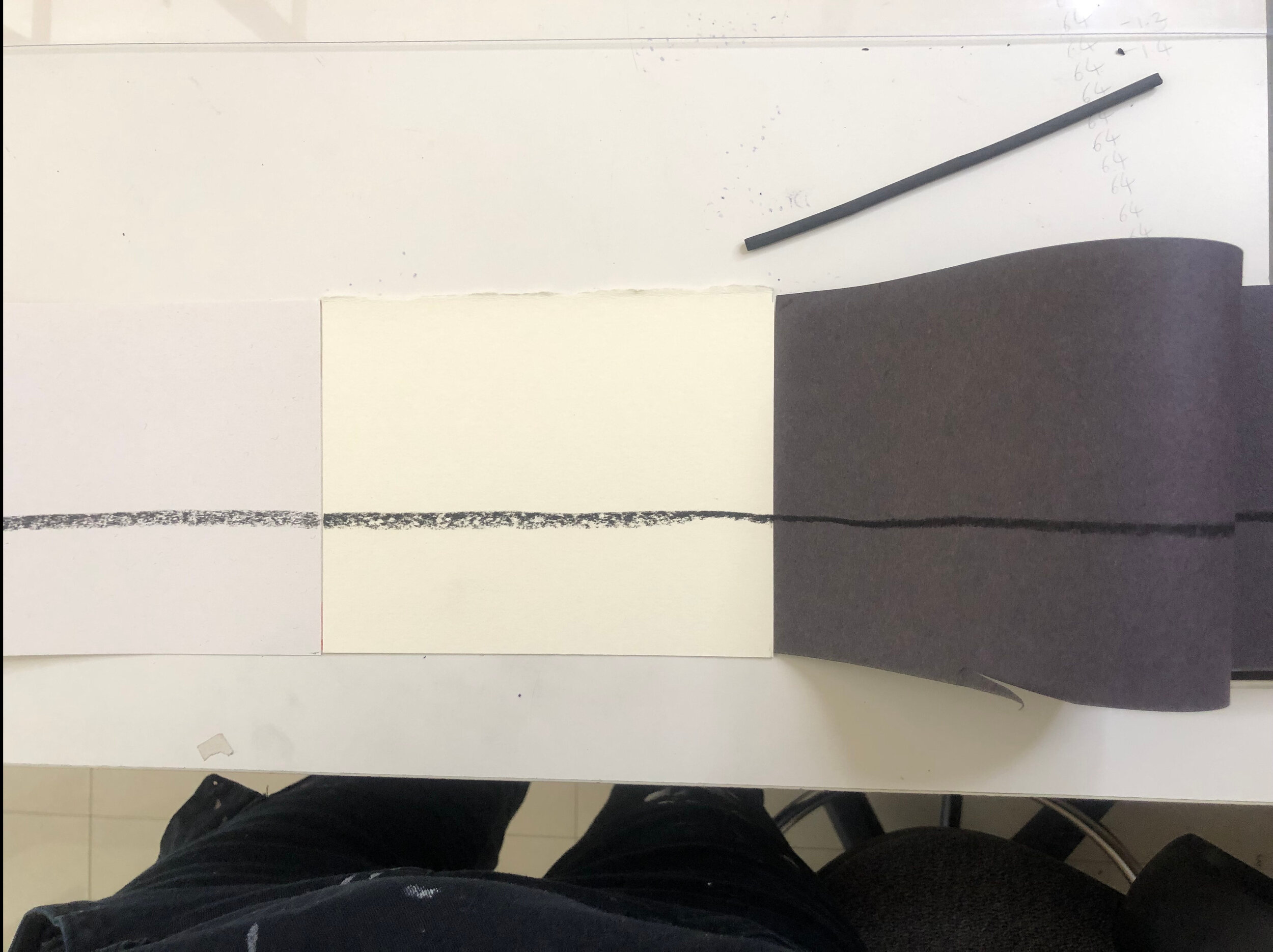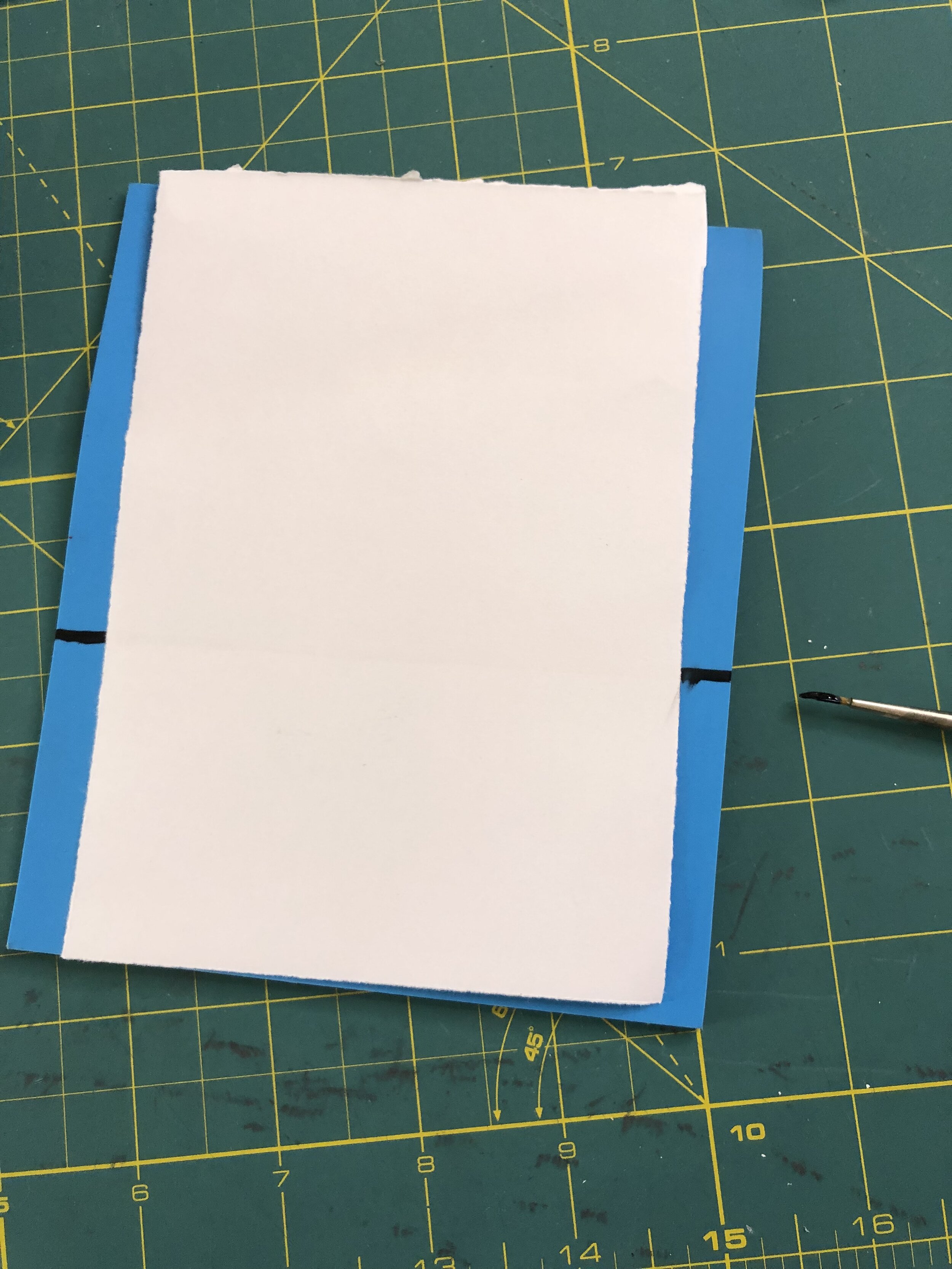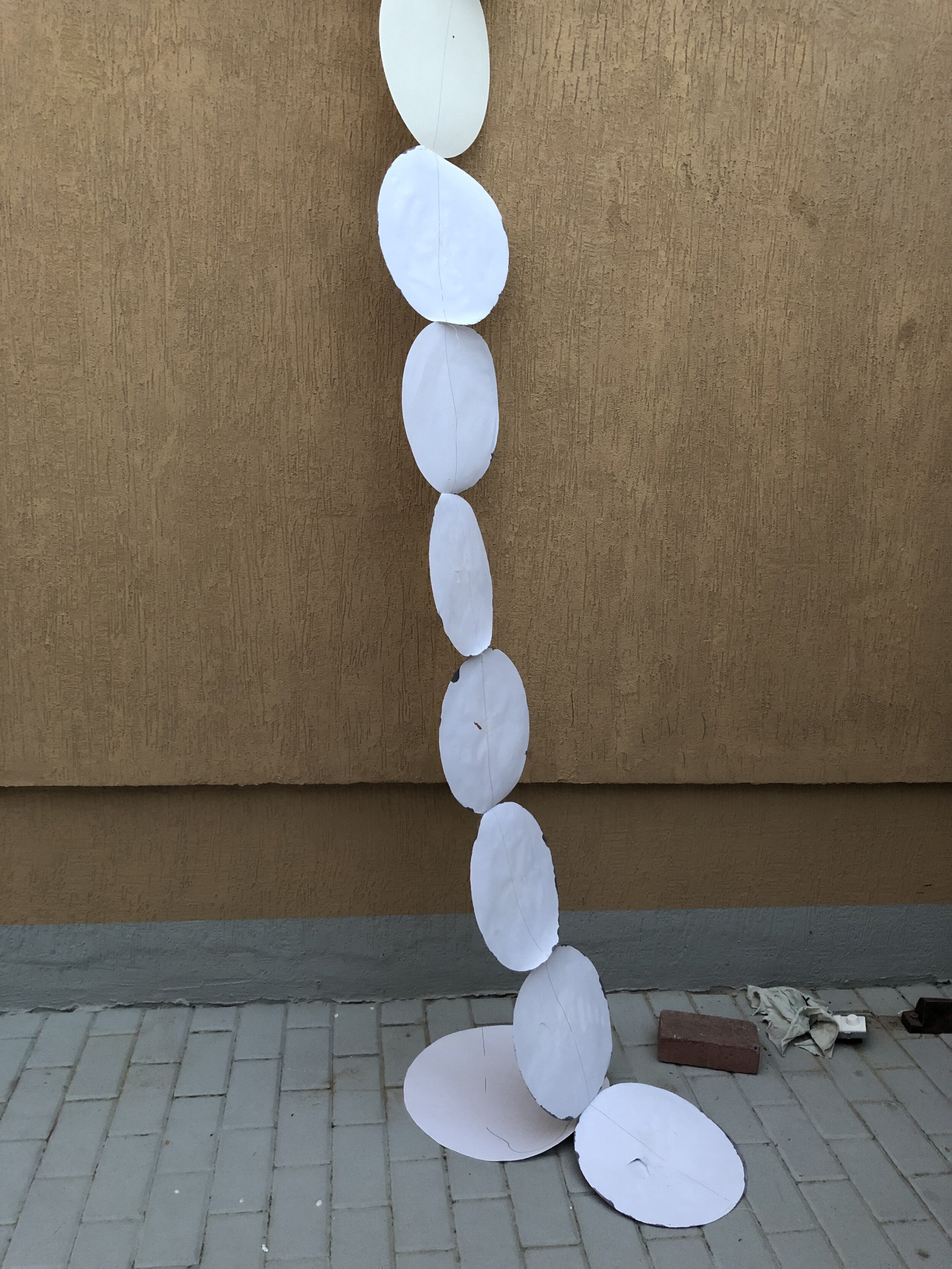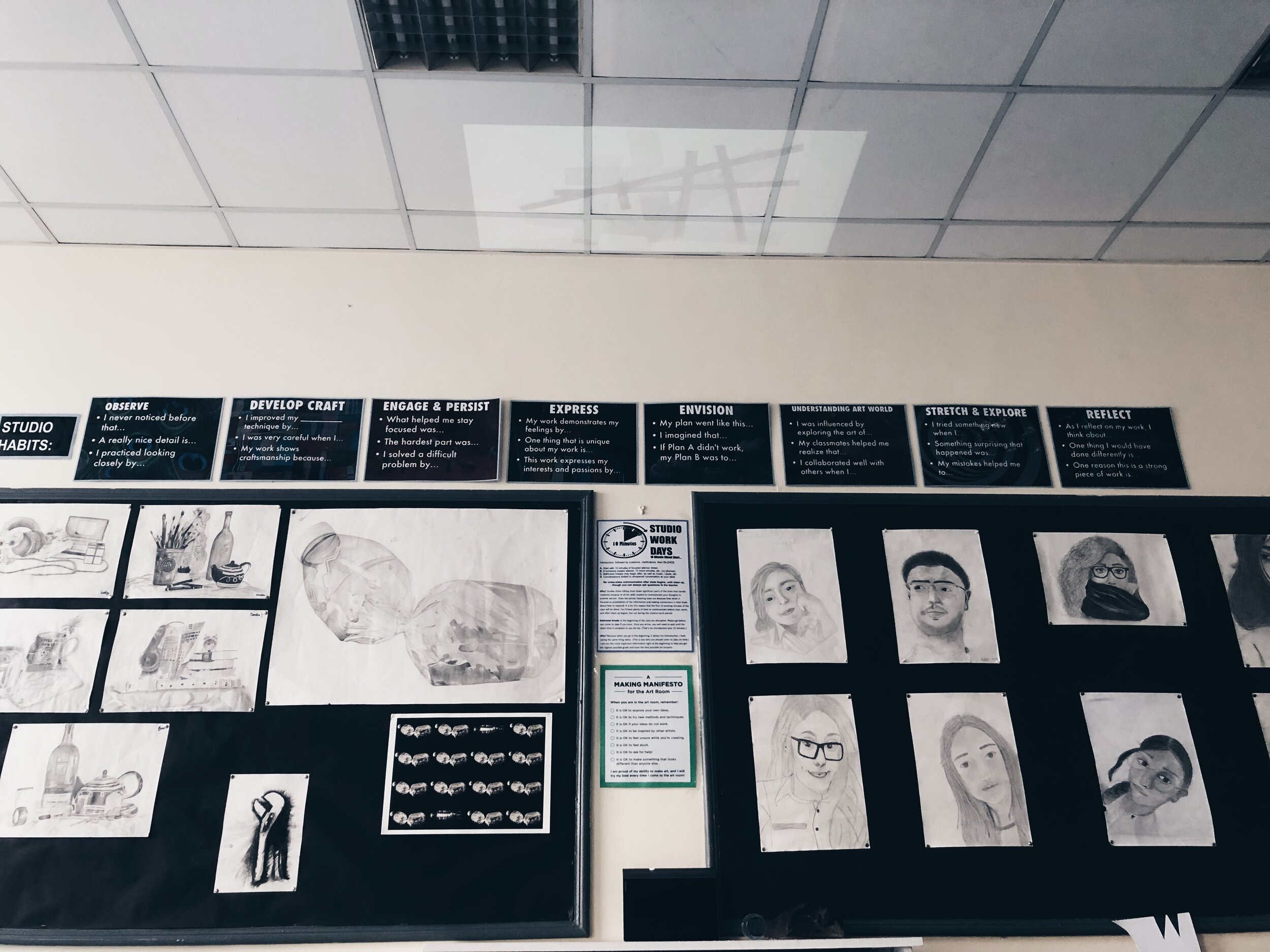I took a leap of faith and stepped out of my comfort zone. I had a contact at a music festival I was attending. I reached out and made a suggestion that I bring along my tine projector and play my video in one of the chillout tents, would that be okay?

He said he'd inquire for me...fast forward to the next day and I've been offered a 20ft sand dune as a projection surface. I made some calls, manage to borrow a 3300-lumen business projector, my husbands work laptop and pull together my previous video works on to memory sticks.
The set up was simple a seamless, this part of the art process gives me anxiety so happy when it works well.



My initial video choice was the one designed for the project, making and made, however, I only played this for about an hour as it was slow in comparison to the music and didn't fit well with the environment. I had a couple of interactions with it, a few asked questions but it was largely ignored. I proceeded to rotate between Wrote, Fractured Forms and Collage, each playing at x2 original speed. These all garnered interest, plenty of interaction and fabulous feedback. My ego was well and truly boosted.


On the visual side, the organisers were extremely happy with my activation, they commented on the refreshing nature of my analogue visuals as opposed to the 'usual digital art stuff' and that it complemented their aesthetic. They would be interested in working with me in future.
The participants loved it, they utilised the projector to immerse their forms into the artwork, dancing in front of it to create shadow forms, creating their own performance pieces. This changed my canvas to their bodies as they moved in front of the work and gave a living dimension to it. The work was constantly repeating but their movements were erratic and unpredictable.


The sand dune made a surprising good projection surface. A wonderfully surprising outcome occurred when projecting the piece 'Wrote', at the large scale and increased speed it was extremely readable and had a element of projection mapping. As the surface was the same as the video it gave the illusion of the words being etched in to the large sand dune with was on.

In total the works were displayed for 6-7 hours until the laptop battery died (my husband had left the adapter at work, best laid plans and all that!), They had tried to source another computer but everyone had Mac's and the projector would only work with PC.

What have I taken from this?
Wow, what a buzz! Seeing the work at such a arge scale was incredible, it was mesmerising to me and I created it! I found the entire experience inspiring I had not considered that outlet for work. It actually suited the pieces really well and they came accros as considered and fit for purpose. Upon reflectionI also relasied that a lot of my 'go-to' inspiration artsts are those that work with light art or projection, Dan Flavin, James Turrell (mt absoloute love), Jenny Holzer, Olafur Elliasson. The works from these artists have made an impact on me but I have not been able to comment on what it was, preiviously noting aspects like colour, atmospherics of the piece, scaleas reasons. After staging a projection or light piece myself it is about the claiming of teritory, a violence about projecting on to something preexisiting, the object, space or building already has a label, an owner or disgnation and the projections, frame or light piece then claims it without damage, framing it and confining it with the artwork, laying a stamp or signiture that is removed without trace.

My work possessed a part of that desert, that festival, the music and the audience. It then claimed them further when they moved in to it. It felt like an extension to the way the work, the patterns, claim me, they way it overtakes my thoughts and my time. The work claims me through the making, then claims the space through the projection.
So at the moment I have work looking at constancy, and work looking at possession/occupation, both works involve the aspect of collision, of either materiality or site.

Some off-the-cuff notes I made while writing the above piece and talking to a friend:
https://en.m.wikipedia.org/wiki/Light_art
An epiphany moment?! It lists James Turrell and Dan Flavin.... my favs
Is this a thing? Is this what I’ve been working towards?!
Projection mapping? If you think about all the things I’ve been mesmerised by....
I’ve even called my daughter Dawn for Christ sake!
Holy shit
I feel like I’m going to vomit with excitement and nerves.
This feels like a turning point but my brain has kicked in and is listing all the stuff I need to learn!









































